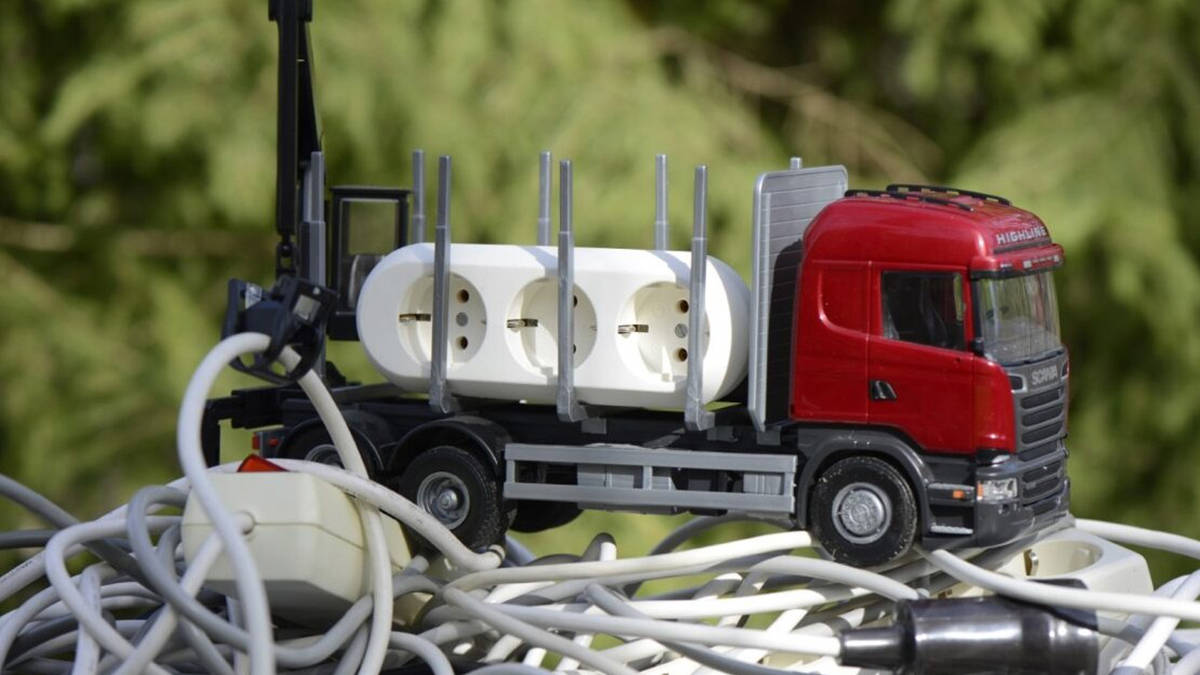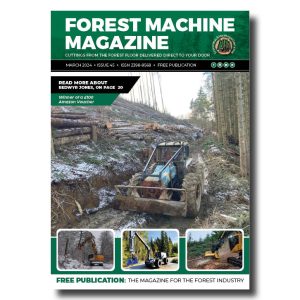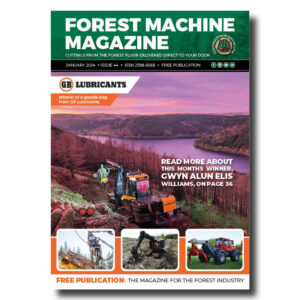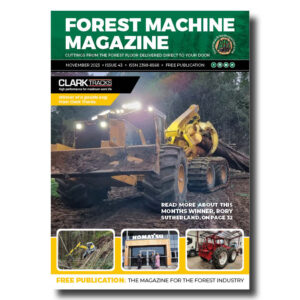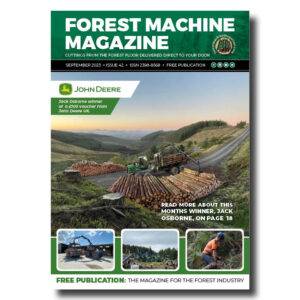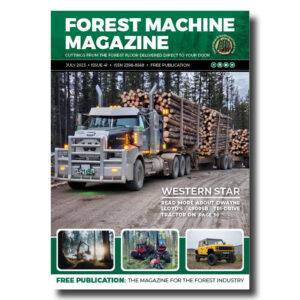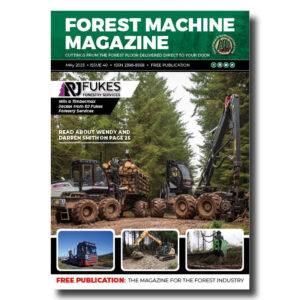Electric Forestry trucks are appealing due to their quiet operation and improved working conditions; however, hauliers remain cautious. A new study examines how forest hauliers evaluate technology, economics, and daily realities
Photo: Astrid Bygge, Skogforsk
A new study examines how hauliers perceive the opportunities and challenges associated with electrification for Electric Forestry Trucks. Transport accounts for half of the climate emissions in the forest sector. While electrification is often presented as a key solution, it’s important to understand how hauliers—those responsible for making investments and managing logistics—view this issue.

-
That’s a remarkable amount of work hours for a single machine, the Norcar 600 owned by Erkki Rinne is taken well care of, it even has the original Diesel engine.
-
Kieran Anders is a forestry contractor working in the lake district. His work involves hand cutting and extracting timber using a skidder and tractor-trailer forwarder.
-
It is not possible to eliminate chain shot, but there are simple steps that can be taken to reduce the risk.
-
Arwel takes great pride in the fact that the mill has no waste whatsoever, “the peelings are used for children’s playgrounds, gardens and for farm animals in barns in the winter and the sawdust has multiple uses in gardens and farms as well.
-
Timber hauliers need to encourage young blood in, and also look after the hauliers we have, we need make the sector a safe and positive place to work.
FIND US ON
Related Posts
An interview study conducted as part of the TREE project at the Forestry Research Institute of Sweden reveals a complex landscape where technology and driver comfort intersect with financial risks and practical obstacles.
Positive – But Not for Themselves
The hauliers interviewed generally expressed a positive outlook on electrification, but many felt it was not feasible for their own operations. This sentiment was especially pronounced among smaller roundwood hauliers who have fewer vehicles and more variable driving routes. In contrast, larger round timber and wood chip hauliers, who operate on shorter and more predictable journeys, were more optimistic about the opportunities provided by electrification.
Technology – A Surprising Strength
Technology emerged as the most common theme in the interviews. After test-driving an electric truck, several haulage owners were impressed:
“It was very positive. It was quiet, it was new. It was crazy.”
The primary technical concerns raised by the hauliers revolved around the truck’s range and the logistics of charging. They noted that the power of the electric motor and the quieter operating environment were significant technical advantages. Forest transport has unique requirements. Drivers explained that engine noise and vibrations serve as aids in challenging forest driving conditions. The quieter environment of an electric truck could remove one of the tools drivers use. However, follow-up interviews with drivers who already use electric trucks revealed that they quickly adapted and found new strategies for navigating difficult driving scenarios

More Expensive – Who Should Pay?
Both wood chip and round timber hauliers participated in the discussions, but none in the roundwood sector believed that an investment in electric trucks would be profitable in the near future. The primary barrier identified was the purchase price, compounded by uncertainty regarding the willingness of transport buyers to pay. Several hauliers expressed concerns that political fluctuations render large investments risky. Within the TREE project, one sub-project aims to explore business models that facilitate sustainable investments in electric trucks.
Conclusion: Not Just Resistance – Changing Conditions Are Required
Hauliers are not against electrification; rather, they approach it pragmatically. They recognise the climate benefits and technical advantages of electric trucks but also acknowledge that the current uncertainties outweigh the available solutions. For more hauliers to consider investing in electric trucks, a functional charging infrastructure, stable long-term regulations, and a demonstrated willingness to pay from transport buyers are essential.
Contact forestmachinemagazine@mail.com to get your products and services seen on the world’s largest professional forestry online news network.
#homeoflogging #writtenbyloggersforloggers #loggingallovertheworld
Written by loggers for loggers and dedicated solely to the equipment used in forestry operations.
